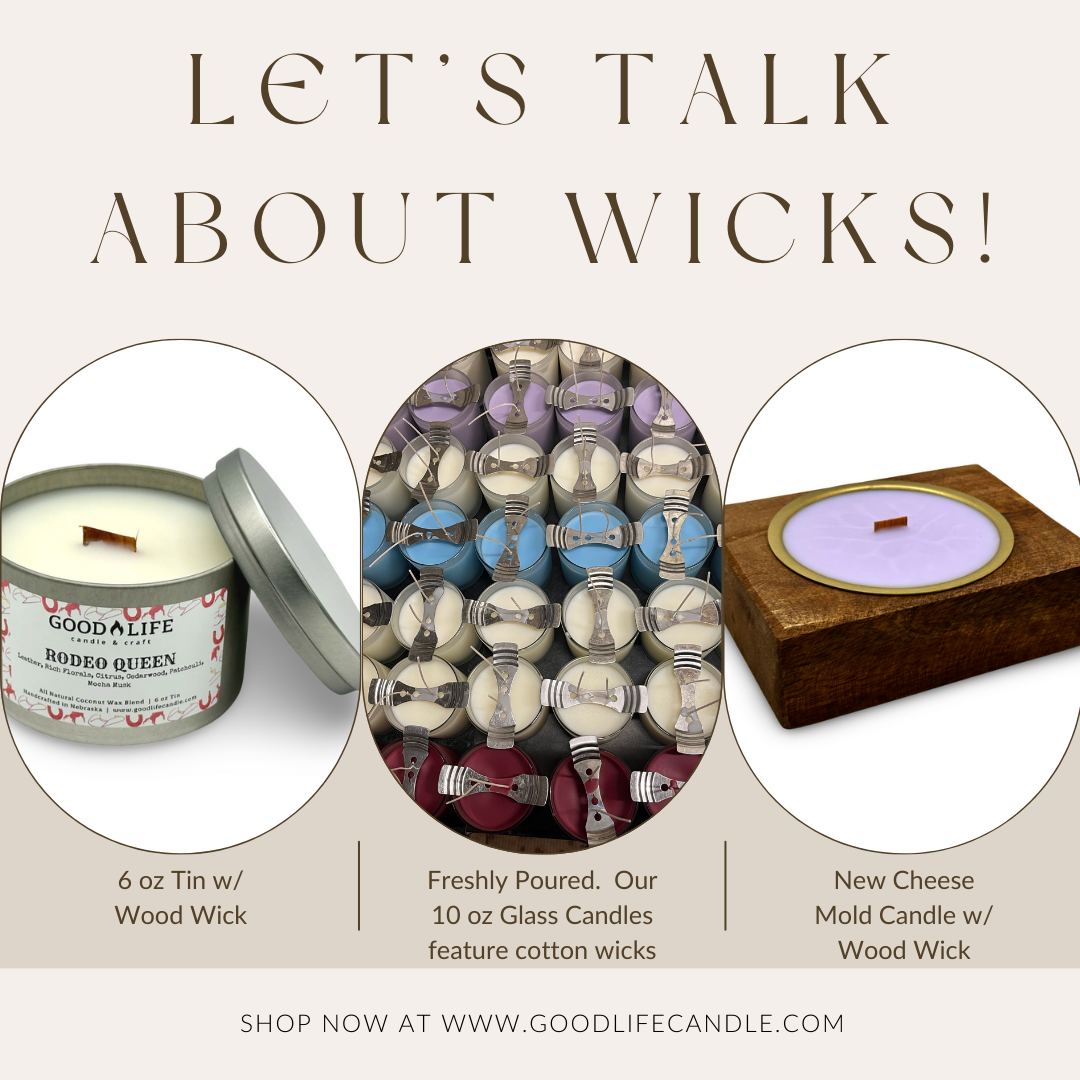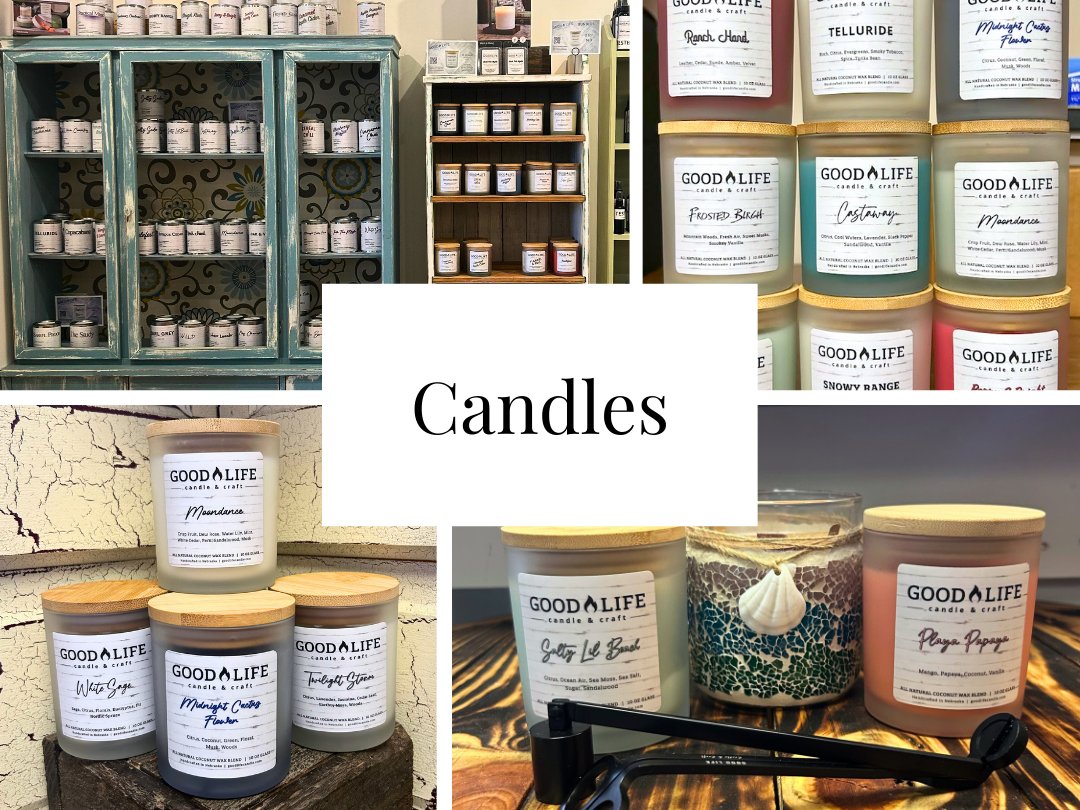
Crackling Comfort: Wood Wicks vs. Traditional Cotton Wicks in Candles
Share
The flickering flame of a candle creates a warm and inviting ambiance, but have you ever considered the wick itself? The wick plays a crucial role in a candle's performance, and two main wick types dominate the market: wood wicks and traditional cotton wicks. Let's delve into the world of wicks and explore the differences, benefits, and drawbacks of each.
The Classic Choice: Cotton Wicks
Cotton wicks have been the go-to choice for candlemakers for centuries. They are:
- Simple and affordable: Easy to source and implement in candle production.
- Clean burning: When properly trimmed, cotton wicks provide a steady flame with minimal smoke.
- Versatile: Work well with a wide variety of waxes.
However, cotton wicks also have some drawbacks:
- Mushrooming: Untrimmed cotton wicks can form a carbon buildup on the tip, resembling a mushroom. This can cause black soot and an unstable flame.
- No crackling sound: Cotton wicks burn silently, lacking the comforting crackle some users enjoy.
The New Kid on the Block: Wood Wicks
Wood wicks are a relatively new innovation, gaining popularity for their unique burning characteristics:
- Crackling sound: As they burn, wood wicks emit a gentle crackling sound similar to a fireplace, creating a more natural and atmospheric experience.
- Slower, cleaner burn: Wood wicks tend to burn slower than cotton wicks, potentially extending the life of your candle. They may also produce less smoke.
- Visually appealing: The natural wood adds a rustic aesthetic to the candle.
However, wood wicks also have some downsides:
- Maintenance required: Wood wicks require trimming before each use to ensure an optimal flame and prevent excessive smoke.
- Picky eaters: Wood wicks don't work well with all waxes. Soy wax, for example, may not be the best choice.
- Price point: Candles with wood wicks can be slightly more expensive due to their unique nature.
Choosing the Right Wick for You
Ultimately, the best wick for you depends on your priorities:
- For a classic, low-maintenance experience, a cotton wick is a solid choice.
- If you crave the ambiance of a crackling fire and a slower burn, a wood wick may be worth exploring. Consider the wax type and any additional maintenance involved.
Additional Considerations
Here are some other factors to keep in mind:
- Candle size: The size of your candle should be matched to the wick size for optimal burning.
- Fragrance: Certain fragrances may perform better with specific wick types.
Embrace the Light!
No matter which wick you choose, remember to follow proper candle safety guidelines. By understanding the pros and cons of wood and cotton wicks, you can make an informed decision and enjoy the warm glow of your candle to the fullest. So next time you light a candle, take a moment to appreciate the tiny wick that plays such a vital role in the magic.

